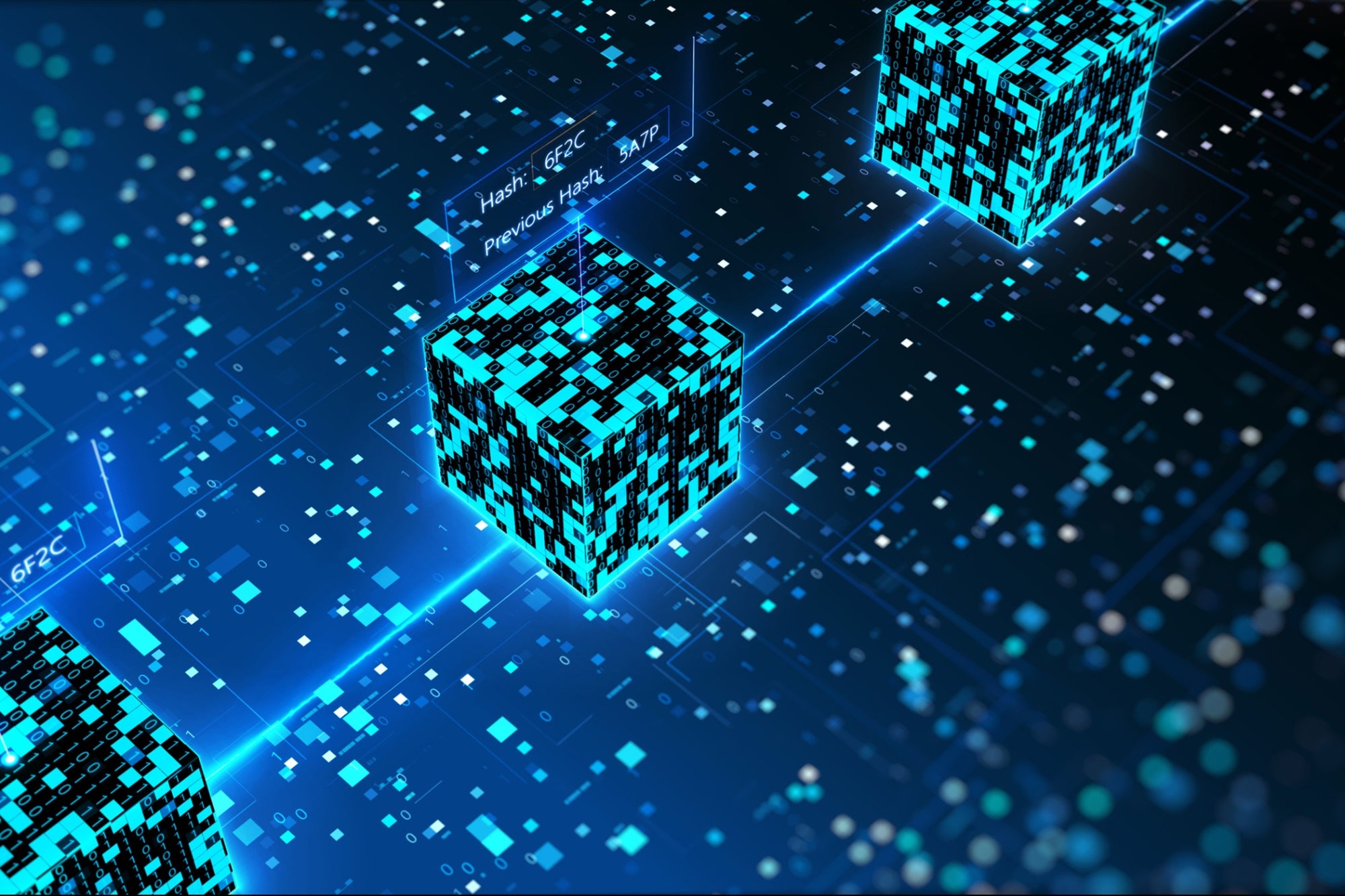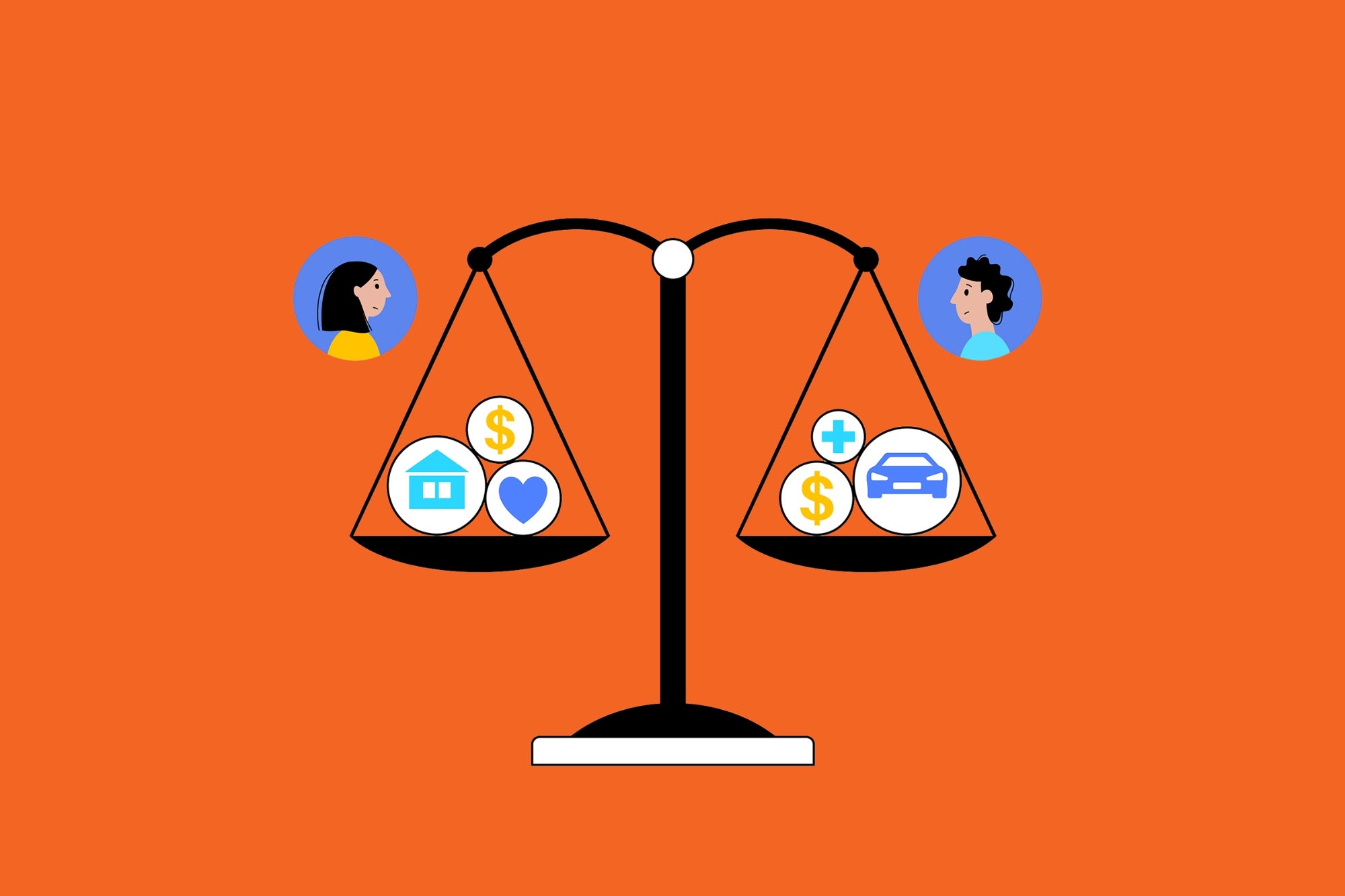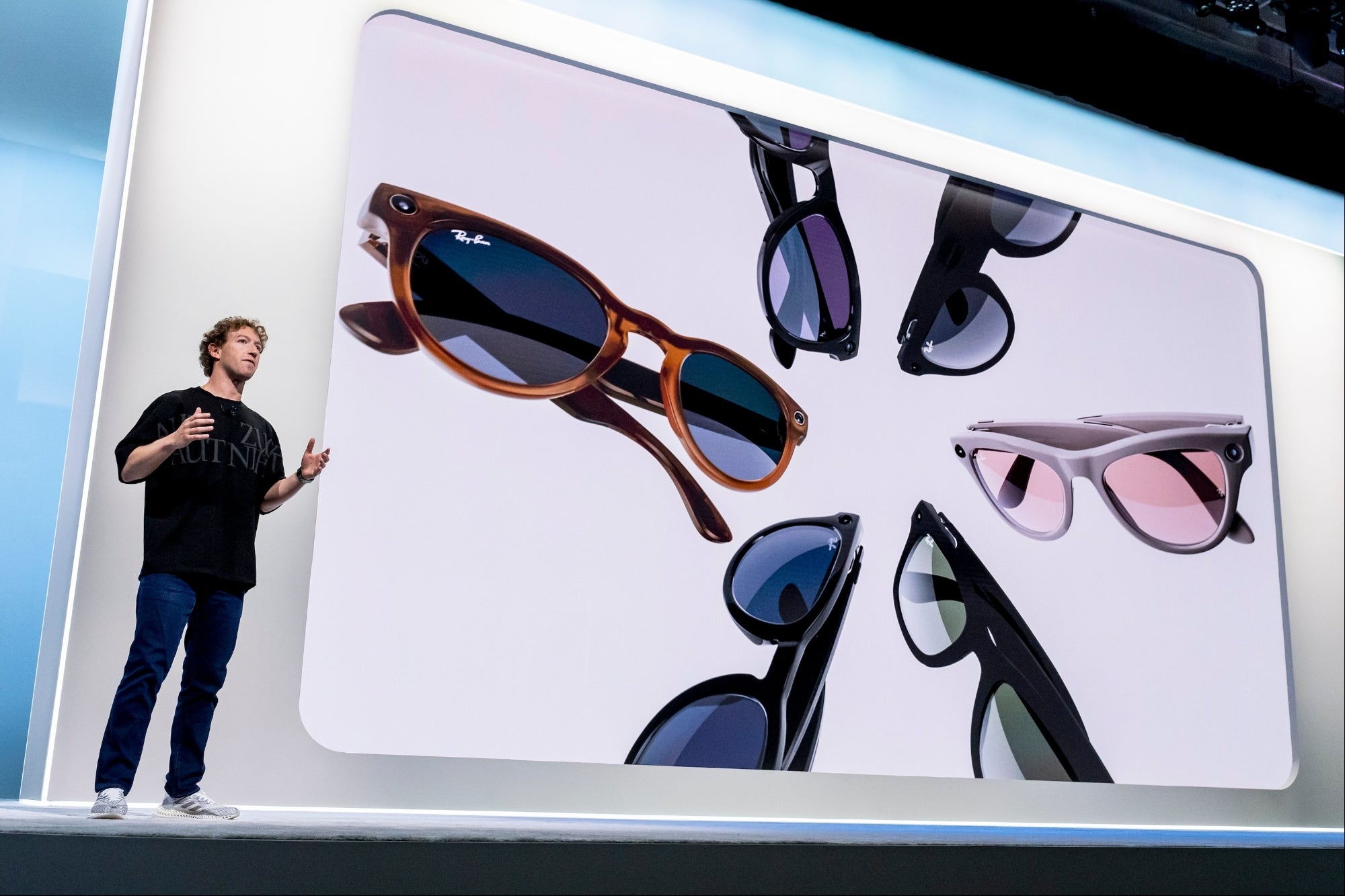Balance Sheet Get a snapshot of your business's financial health with a balance sheet.
The balance sheet provides a snapshot of the business'sassets, liabilities and owner's equity for a given time. Again,using an apparel manufacturer as an example, here are the keycomponents of the balance sheet:
- Current assets: These are the assets in a business thatcan be converted to cash in one year or less. They include cash,stocks and other liquid investments; accounts receivable;inventory; and prepaid expenses. For a clothing manufacturer,inventory would include raw materials (yarn, thread, etc.),work-in-progress (started but not finished), and finished goods(shirts and pants ready to sell to customers). Accounts receivablerepresent the amount of money owed to the business by customers whohave purchased on account.
- Fixed assets: These are the tangible assets of abusiness that will not be converted to cash within a year duringthe normal course of operation. Fixed assets are for long-term useand include land, buildings, leasehold improvements, equipment,machinery and vehicles.
- Intangible assets: These are assets that you can'ttouch or see but that have value. Intangible assets includefranchise rights, goodwill, noncompete agreements, patents and manyother items.
- Other assets: There are many assets that can beclassified as other assets, and most business balance sheets havean other assets category as a "catch-all." Some of themost common other assets include cash value of life insurance,long-term investment property, and compensation due fromemployees.
- Current liabilities: These are the obligations of thebusiness that are due within one year. Current liabilities includenotes payable on lines of credit or other short-term loans, currentmaturities of long-term debt, accounts payable to trade creditors,accrued expenses and taxes (an accrual is an expense such as thepayroll that is due to employees for hours worked but has not beenpaid), and amounts due to stockholders.
- Long-term debt: These are the obligations of thebusiness that are not due for at least one year. Long-termliabilities typically consist of all bank debt or stockholder loanspayable outside of the following 12-month period.
- Stockholders' equity: This figure represents thetotal amount invested by the stockholders plus the accumulatedprofit of the business. Components include common stock,paid-in-capital (amounts invested not involving a stock purchase),and retained earnings (cumulative earnings since inception of thebusiness less dividends paid to stockholders).
Excerpted from Start Your Own Business: The Only Start-UpBook You'll Ever Need, by Rieva Lesonsky and the Staff ofBIZ Experiences Magazine, © 1998 BIZ Experiences Press











